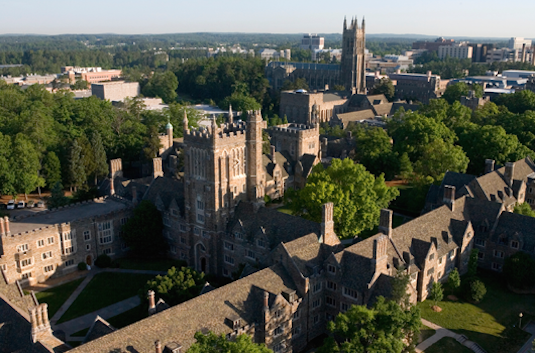A New Approach to Pathogen Isolation using ¿Molecular Buoys¿

Separation of cells and microorganisms from complex biological mixtures is a critical first step in many analytical applications ranging from clinical diagnostics to environmental monitoring for food and waterborne contaminants. Yet, existing techniques for cell separation are plagued by high reagent and/or instrumentation costs that limit their use in many remote or resource-poor settings, such as field clinics or developing countries. My laboratory has developed a new approach to affinity-based pathogen isolation using hollow silica microspheres that function as "molecular buoys" for target-specific capture and separation via passive floatation. In this process, antibody functionalized glass microspheres are mixed with a complex biological sample, such as stool or whole blood. When mixing is stopped, the target-bound, low-density microspheres migrate to the air/liquid interface by passive floatation, which simultaneously isolates and concentrates the target analyte from the sample matrix. The microspheres are highly tunable in terms of size, density, and surface functionality for targeting diverse analytes with separation times under 5 minutes. We have applied the molecular buoy technique for isolation of a protozoan parasite that causes diarrheal illness, Cryptosporidium, directly from stool with separation efficiencies over 90%. This efficient and cost-effective method for phenotypic cell/pathogen separation from complex mixtures is expected to have widespread use.







